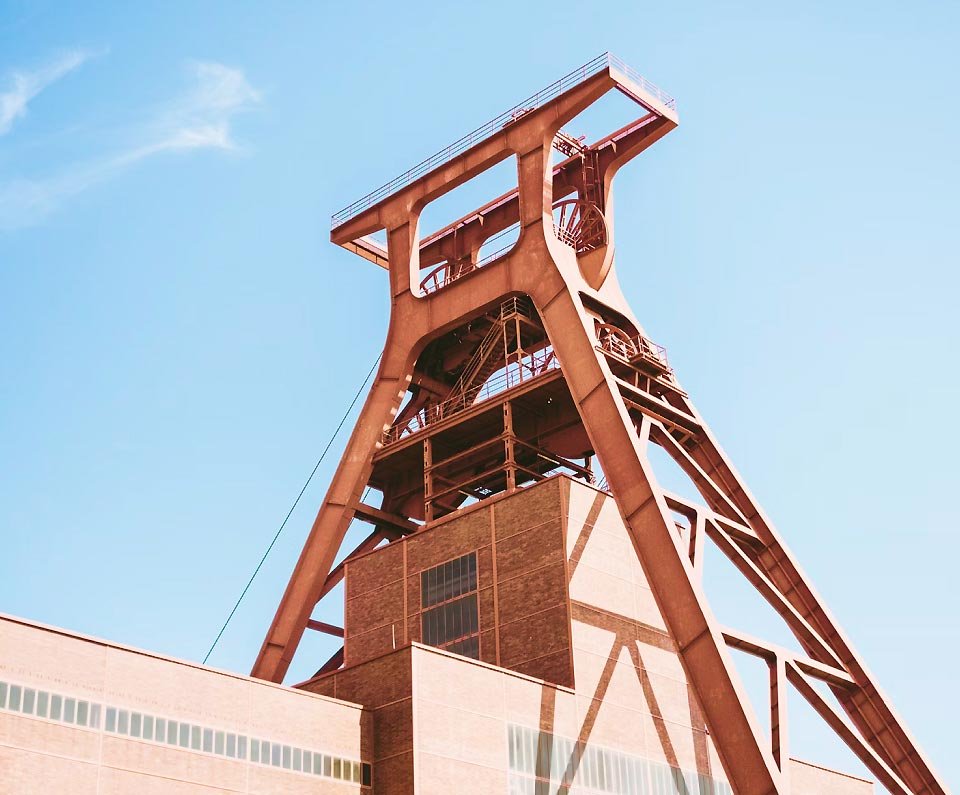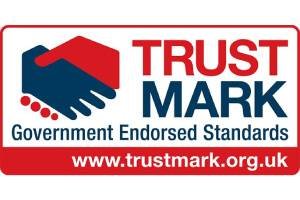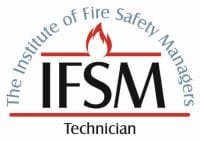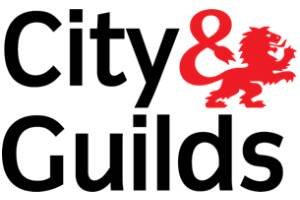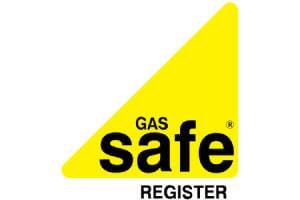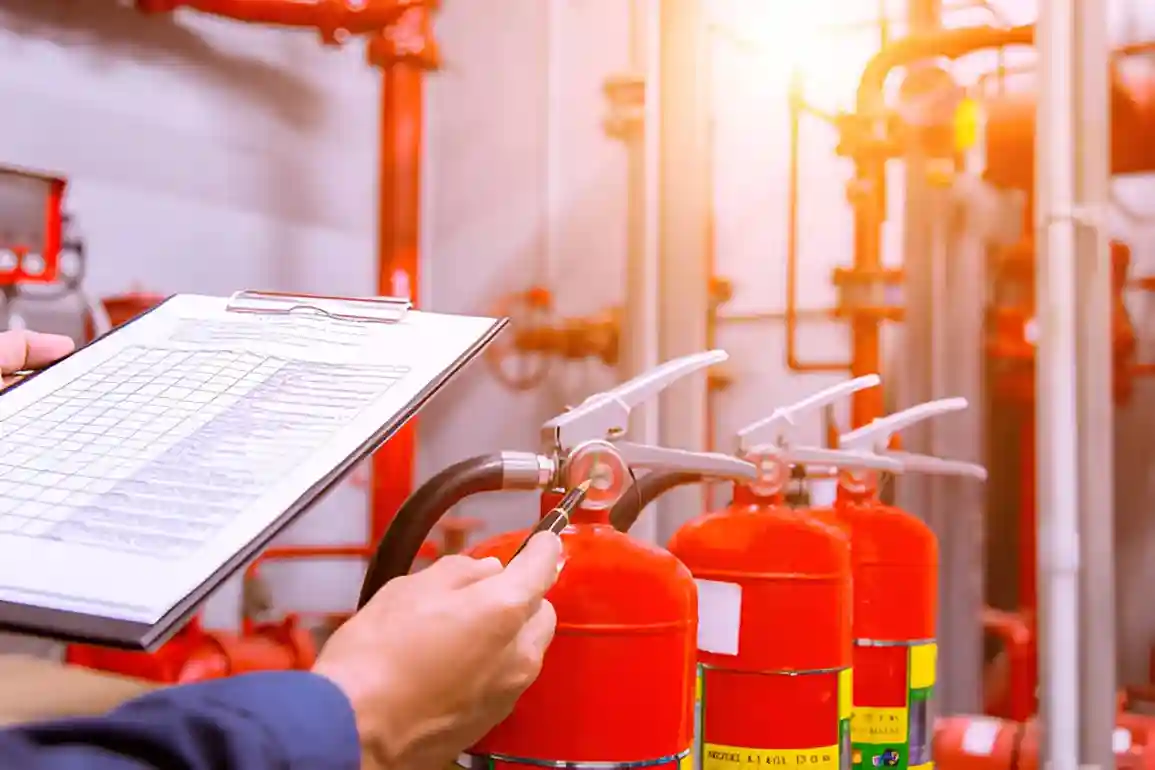
Understanding fire and safety certification is essential for property owners. Compliance goes beyond legal requirements; it’s integral for protecting lives and property. You may ask which regulations apply to you and how frequently you need to update your certification. Let’s review these essential points to ensure you stay compliant and develop a safer environment.
Main Points
- Understand local regulations and national standards for fire safety certification based on property type to ensure compliance.
- Conduct regular fire risk assessments and maintain documentation to demonstrate adherence to safety codes and regulations.
- Train staff on emergency procedures and fire safety equipment usage to promote safety within the organisation.
- Regularly inspect and maintain fire safety equipment to enhance operational efficiency and reduce liability risks.
- Achieve compliance to avoid fines, enhance reputation, and attract security-conscious tenants or buyers.
Understanding Fire and Safety Certification
Understanding the requirements for fire and safety certification is crucial for ensuring compliance and safeguarding lives.
You should familiarise yourself with local regulations and national standards, as these differ significantly. Begin by determining which certifications are relevant to your property, whether it is residential, commercial, or industrial.
Next, verify that your building complies with fire safety regulations, such as adequate exits, fire alarms, and extinguishers. Conduct regular inspections and maintain detailed records of your compliance efforts. Also, consider training staff on emergency protocols and proper use of fire safety equipment. Understanding these requirements helps you establish a safer environment and shows your dedication to fire safety.
Why Fire and Safety Certification Matters for Every Property
Fire and safety certification matters for every property because it not only guarantees Ensuring your property complies with legal standards not only safeguards occupants’ lives but also shows your commitment to safety. When your property is certified, you’re taking a crucial step to reduce fire risks. This certification can improve your reputation and attract tenants or buyers who value safety.
Furthermore, obtaining fire and safety certification can often result in reduced insurance premiums, which saves you money over time. Investing in this certification is more than just meeting a requirement; it helps establish a safer environment for all involved. Ultimately, this certification is a fundamental component of responsible property management that should not be ignored.
Key Legal Requirements for Fire and Safety Certification in the UK
Understanding the essential legal requirements for fire and safety certification in the UK is crucial for property owners and managers. You must adhere to the Regulatory Reform (Fire Safety) Order 2005, which requires conducting a fire risk assessment to spot possible risks. This assessment enables you to put in place the appropriate safety measures.
Additionally, ensure your property complies with building regulations, including fire safety standards, materials, and escape routes. Regularly maintain and inspect fire safety equipment such as alarms and extinguishers.
Keeping documentation current is essential for showing compliance with safety regulations. Neglecting these requirements can lead to severe penalties, so staying informed and proactive is your most effective approach to maintaining safety and compliance.
Who Needs Fire and Safety Certification?
Anyone in charge of a building, whether commercial, residential, or public, must ensure they have the necessary fire and safety certification. This certification is crucial for protecting occupants and meeting legal requirements.
Here are three key groups who should prioritise obtaining this certification:
- Property Owners: You must guarantee your property meets safety regulations to protect residents and visitors.
- Business Operators: If you run a business, maintaining safety standards is vital to avoid legal repercussions and keep your employees safe.
- Facility Managers: You’re responsible for managing safety protocols and guaranteeing that your facilities are up to code.

Types of Fire and Safety Certification Available
Manoeuvring the landscape of fire and safety certification can seem challenging, but knowing the types available helps you make informed decisions. Here’s a quick overview of the main certifications you might encounter:
| Certification Type | Purpose | Example |
|---|---|---|
| Fire Alarm Systems | Guarantees installation standards | UL 268 – Smoke Detectors |
| Sprinkler Systems | Evaluates fire suppression systems | NFPA 13 – Installation of Sprinkler Systems |
| Emergency Lighting | Ensures safe egress | UL 924 – Emergency Lighting and Power Equipment |
Understanding these categories can clarify which certifications are relevant for your needs. Always check the specific regulations in your area, as they may influence the types you need.
The Certification Process: Step-by-Step Overview
After pinpointing the necessary fire and safety certifications, proceed to the certification process. Here’s a step-by-step guide to assist you.
- Preparation: Gather all necessary documentation, including safety policies, emergency plans, and training records. Make sure everything is up to date and compliant with regulations.
- Application: Submit your application to the certifying body. Double-check that you’ve included all required information to avoid delays.
- Review: Once submitted, the body will review your application. They may request additional information or clarification, so be ready to respond promptly.
Standard Checks and Assessments Carried Out During Certification
As you move forward with the certification, understanding the standard checks and assessments can make your preparation more efficient. Initially, you’ll probably face a fire risk assessment, which aims to determine dangers in your environment.
Next, expect a review of your emergency evacuation plans, guaranteeing they’re clear and accessible to all staff.
Inspectors will verify your fire detection and alarm systems to ensure they are operational and meet regulations. You must also show that fire extinguishers and other firefighting equipment are adequately maintained. Additionally, staff training records will be reviewed to confirm that all personnel are ready to respond effectively in emergencies.
How Often Should Fire and Safety Certification Be Renewed?
Fire and safety certification typically needs to be renewed every three to five years, depending on local regulations and industry standards.
To guarantee you’re compliant, keep these points in mind:
- Check Local Laws: Regulations vary by region, so familiarise yourself with your local fire safety authority’s requirements.
- Evaluate Industry Standards: Different industries may have specific guidelines, so make sure you’re aligned with those relevant to your field.
- Assess Internal Policies: Your organisation’s safety policies may dictate more frequent renewals, especially if you experience significant changes in operations or staffing.
Staying on top of these renewals is vital for maintaining a safe environment and protecting both your assets and personnel.
Benefits of Maintaining Up-to-Date Certification
Keeping certifications current provides many benefits that improve your organisation’s safety and compliance. It shows your dedication to safety standards, increasing confidence among employees and clients. Up-to-date certifications ensure your team is trained in the latest emergency protocols, making you better prepared for emergencies. This proactive stance helps reduce risks and creates a safer work environment.
Additionally, maintaining certification can boost your organisation’s reputation, attracting more clients and partners. It also helps you avoid expensive project delays caused by compliance problems.
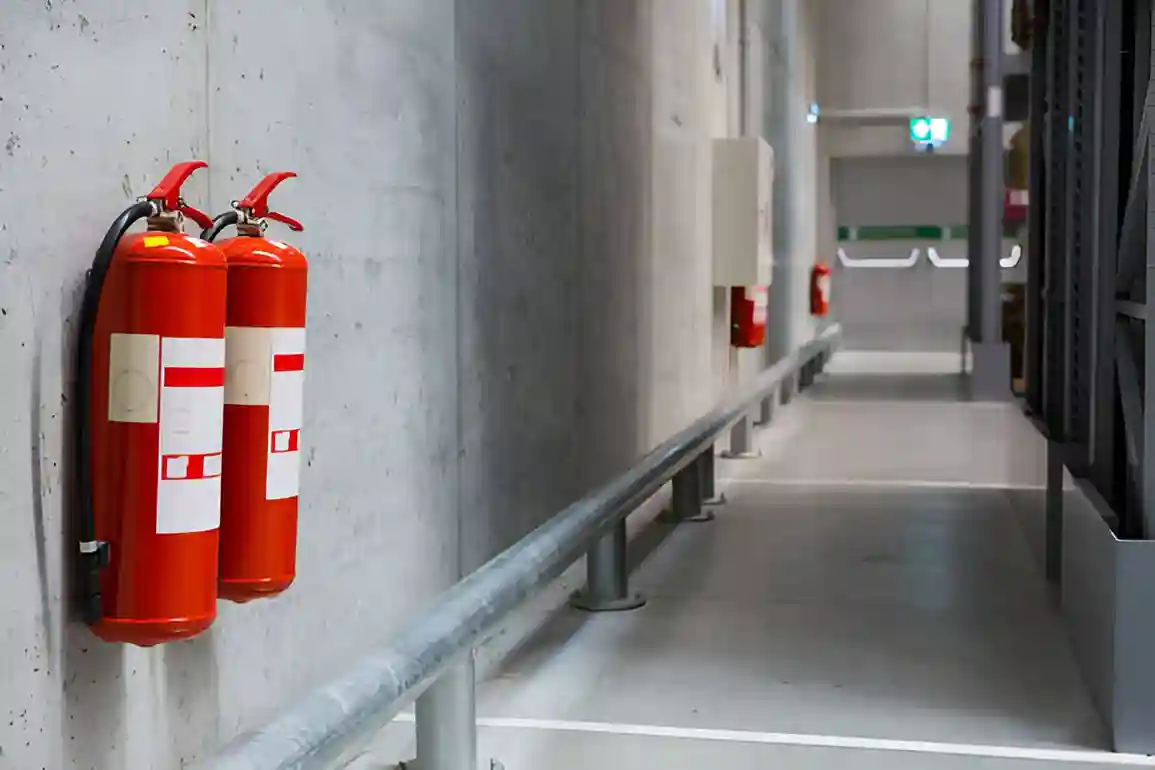
Risks and Penalties for Not Holding a Valid Certification
Not possessing a valid certification can put your organisation at serious risk of penalties and safety issues, threatening both safety and financial stability.
Without proper certification, you might face:
- Legal Penalties: Non-compliance can lead to hefty fines or legal action against your organisation.
- Increased Liability: If an incident occurs, you may be held liable for damages, leading to costly lawsuits and insurance claims.
- Damage to Reputation: Your organisation’s credibility can suffer, resulting in lost business opportunities and customer trust.
Frequently asked questions.
Conclusion
In summary, securing fire and safety certification is crucial for safeguarding lives and property. By familiarising yourself with the legal requirements and conducting regular evaluations, you ensure compliance and promote a safety-oriented culture within your organisation. Keeping your certification current can significantly decrease risks and liabilities. Please don’t overlook the significance of this certification; it’s an essential step in protecting your assets and boosting your reputation in the community.

